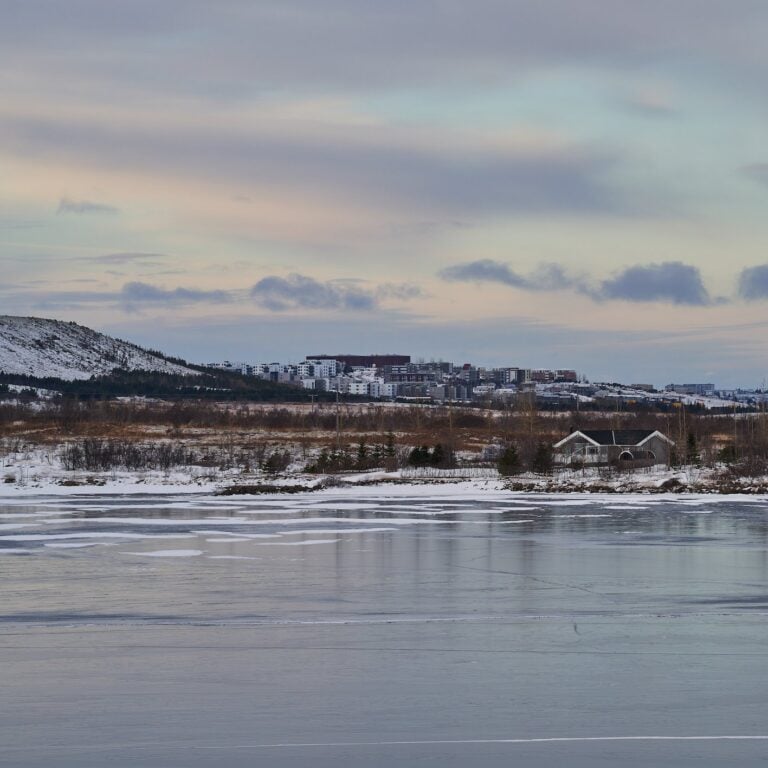Despite being an urbanized country in a sparsely populated region, Iceland boasts an extraordinary proximity to nature. Remarkably, you’re often just a five-minute car drive away from natural landscapes. According to Eurostat, the agency monitoring European statistics, Iceland ranks second in the percentage of its population living in urban areas, with Monaco leading the list. Interestingly, with its 820 priest-educated inhabitants, the Vatican is not considered an independent state due to the absence of a traditional government and parliament. Out of its residents, just over half possess a Vatican passport. Following Iceland in the urbanization ranking is Belgium. At the other end of the spectrum, Lithuania and Ireland are noted for having the highest proportion of their populations residing in small villages or rural areas.
In Iceland, accessing pristine natural environments like Hafravatn from urban districts such as Úlfarsárdal or Grafarholt in Reykjavík is a brief five-minute journey. The same goes for areas west of Grótta in the city centre, as well as from neighbouring towns like Garðabær, Hafnarfjörður, and Kópavogur to Heiðmörk. Similarly, residents of Akureyri can easily reach Kjarnaskóg, while those in Bolungarvík are just a short trip away from Skálavík. Likewise, inhabitants of Ísafjörður have quick access to Tungudalur, people in Sauðárkrókur to Hegranes, and residents of Norðfjörður to their local lighthouse. In Grindavík, the journey to witness the new lava flows is astonishingly brief, taking less than a minute from the nearest houses.
Five minutes is not a long travel time to see and experience nature, even now when it is both dark and cold. Our experience at Icelandic Times /Land & Saga shows this time is as good as any other.
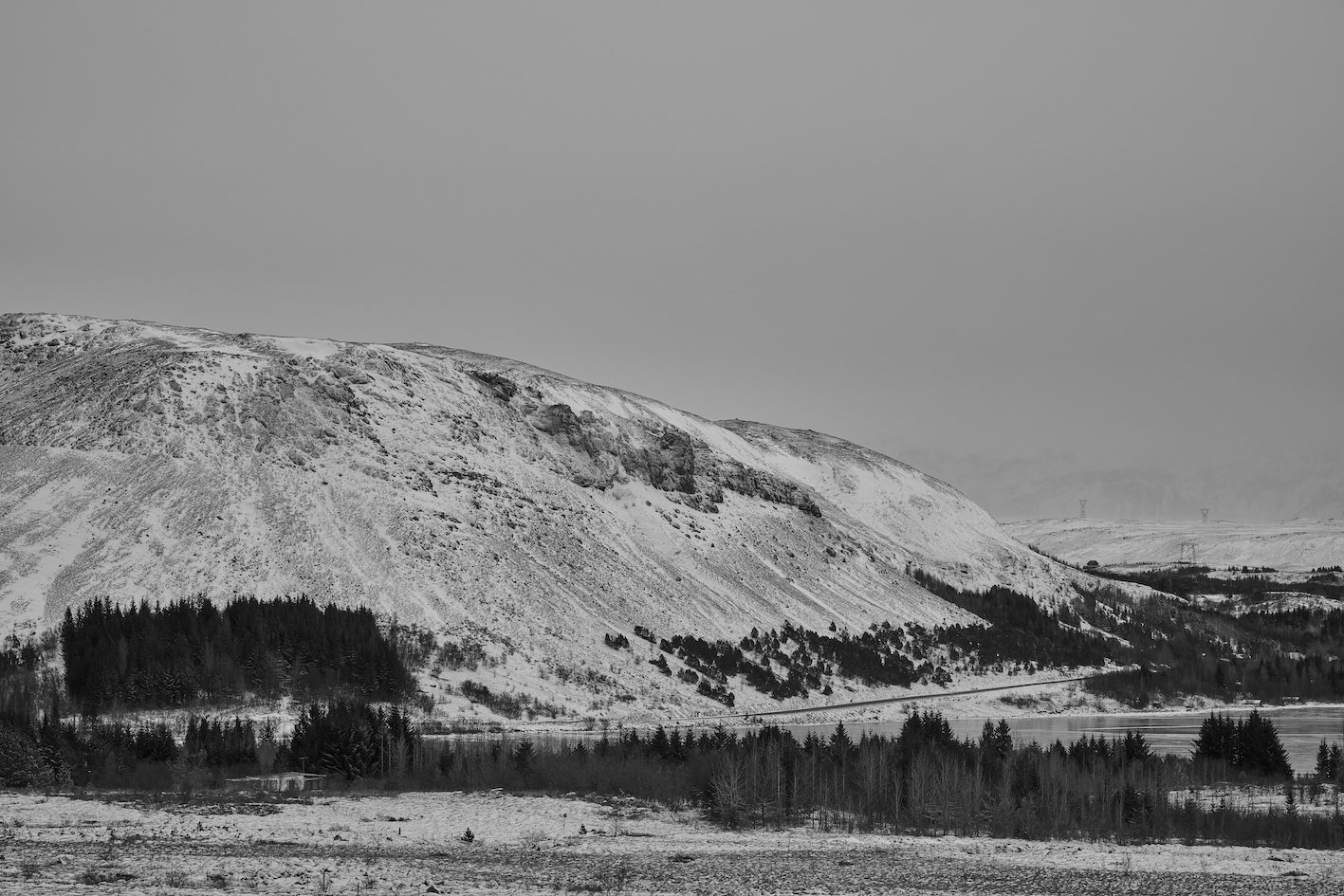
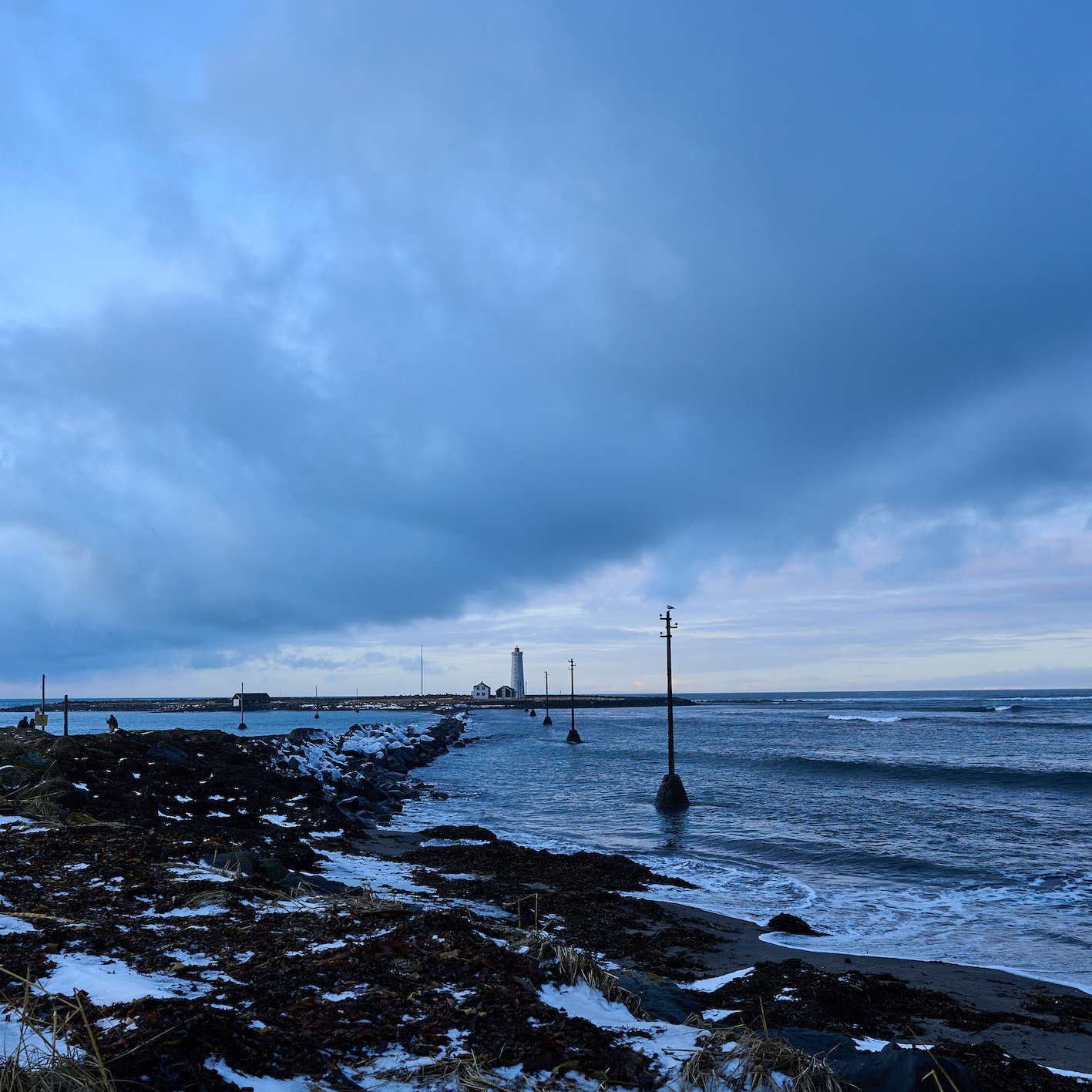
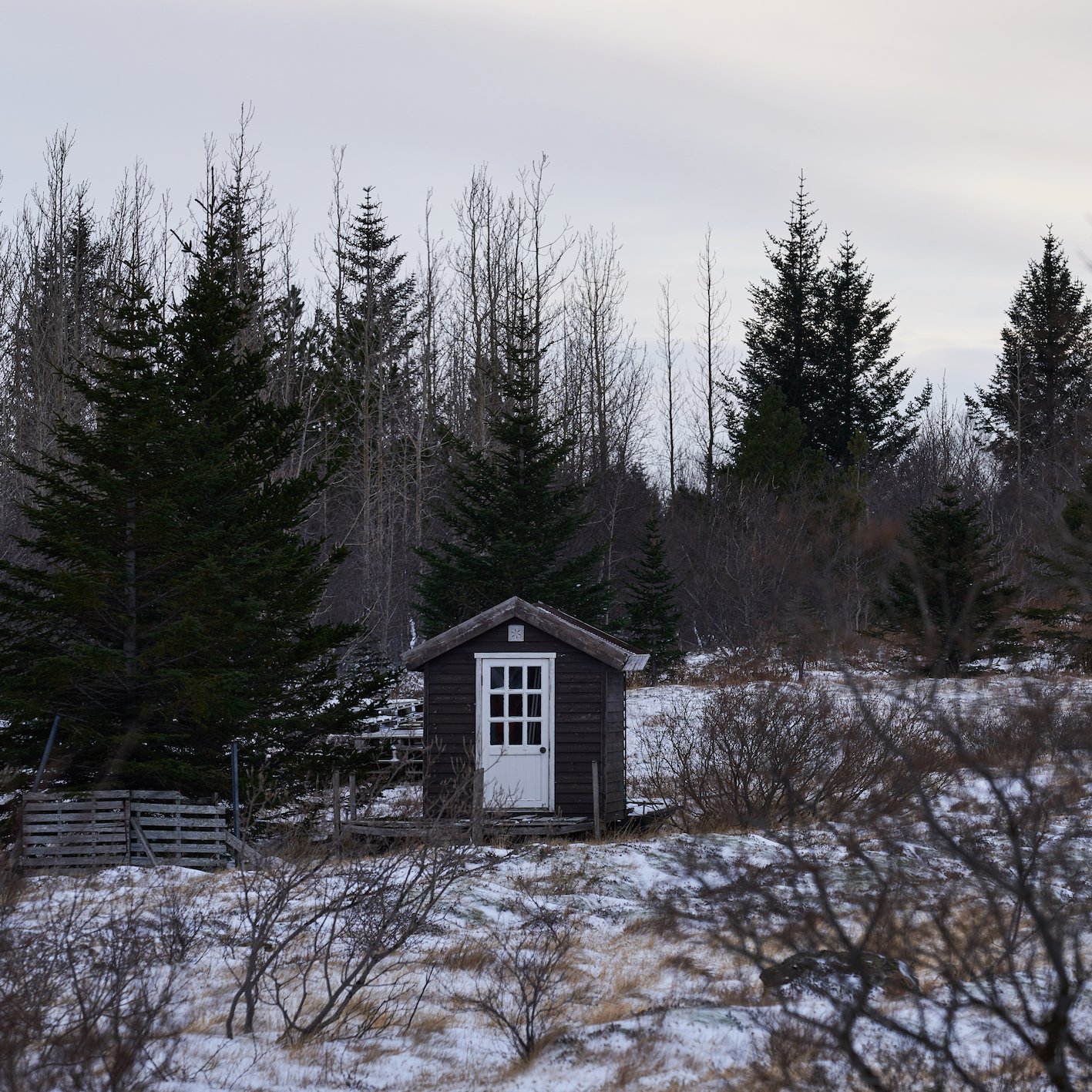
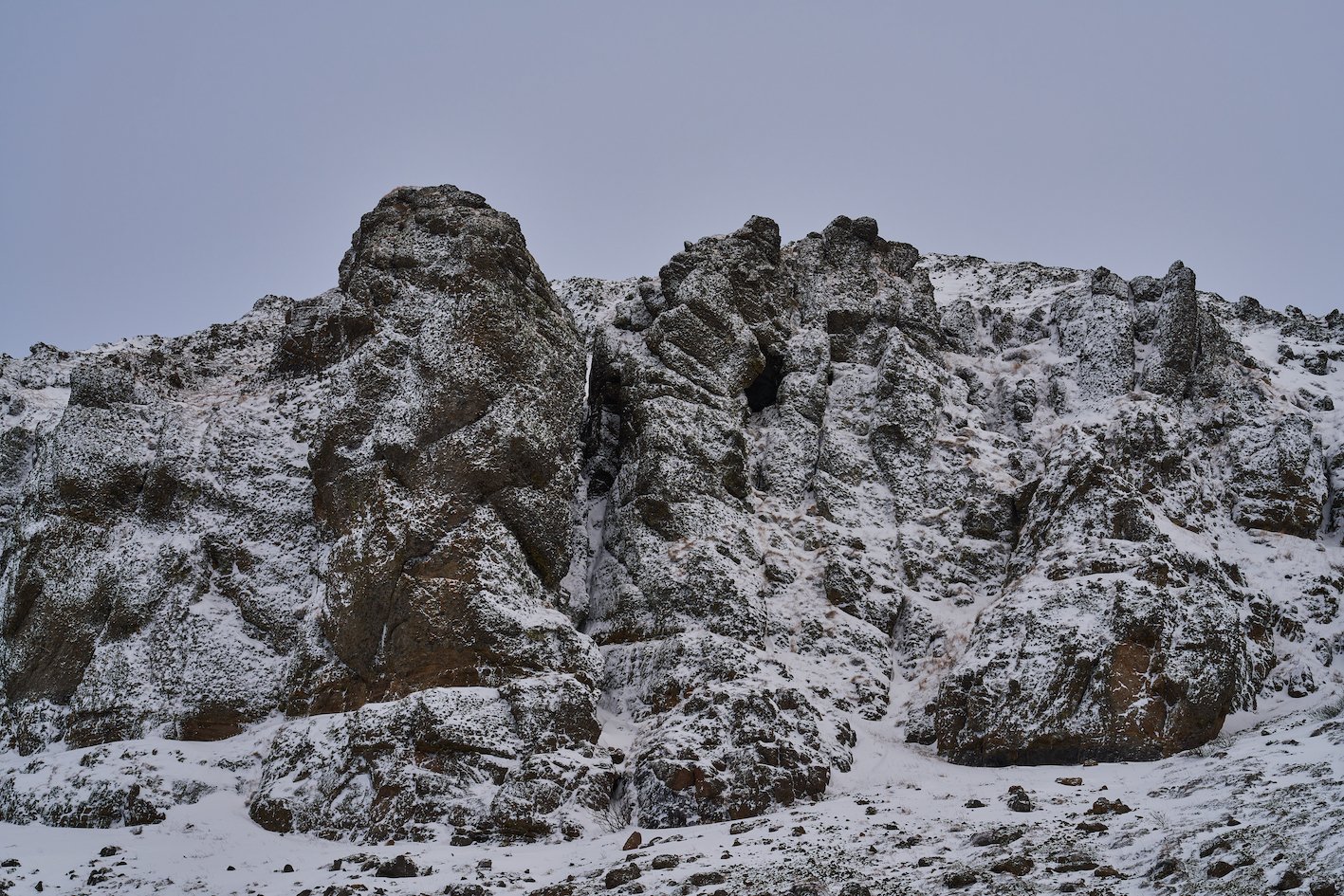
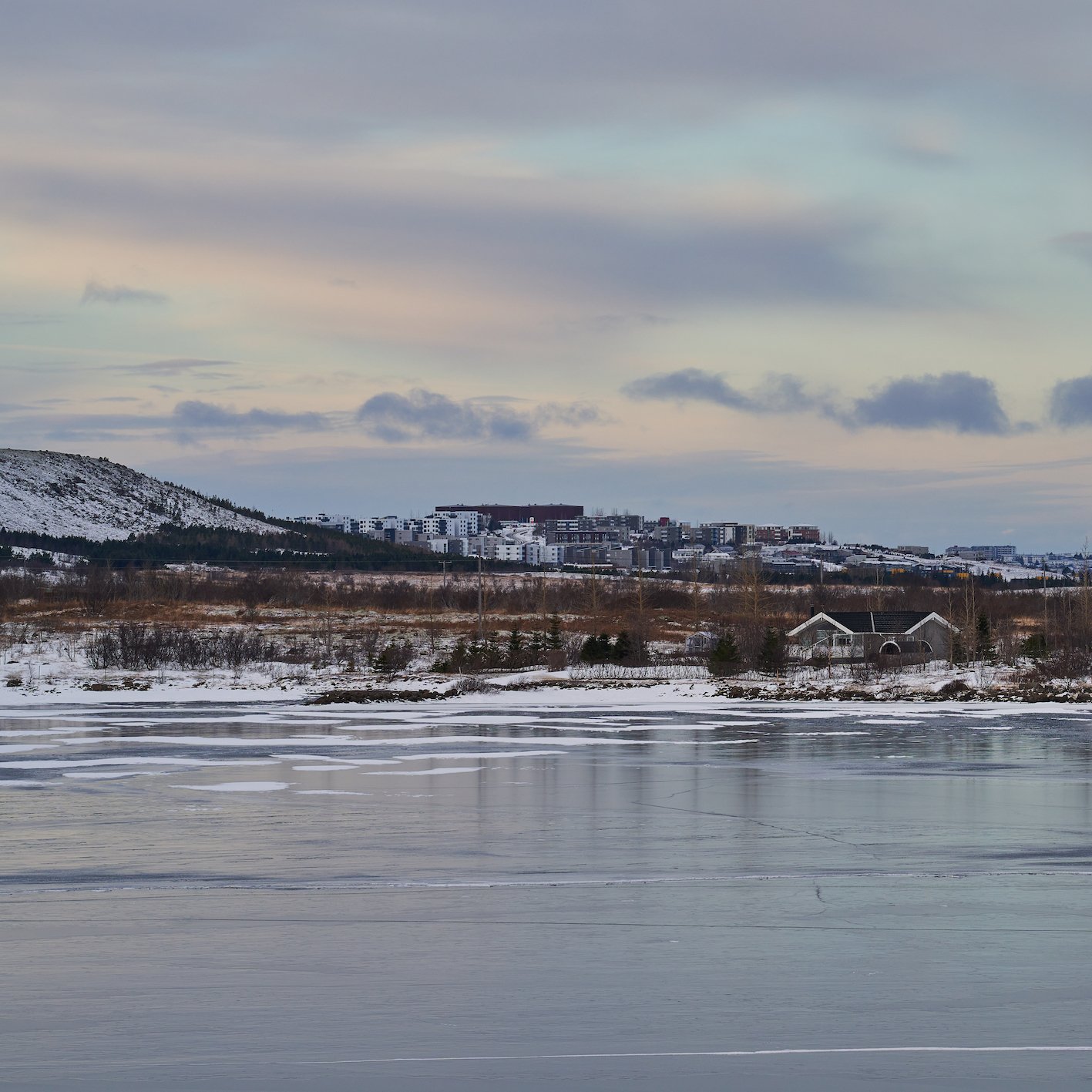
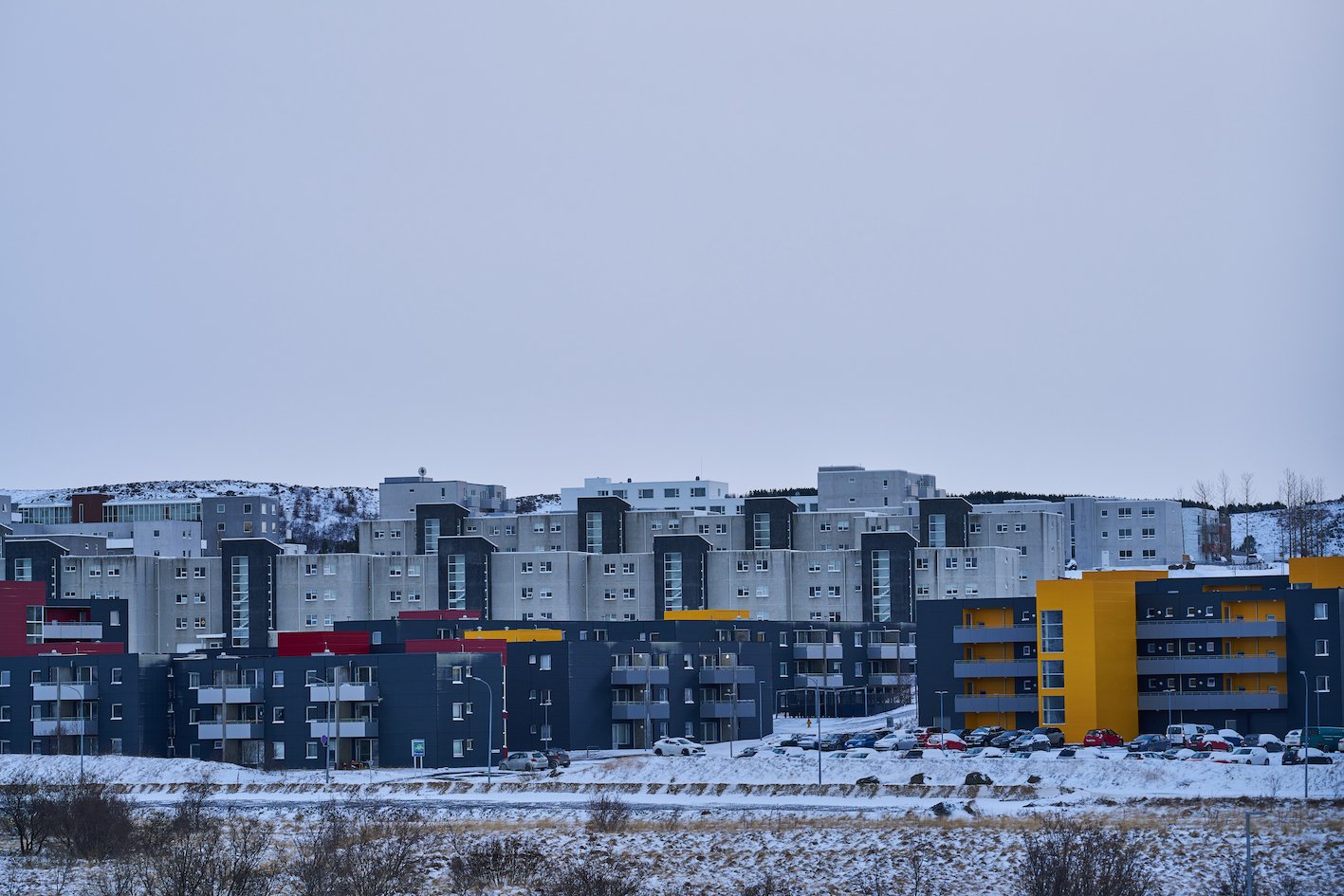
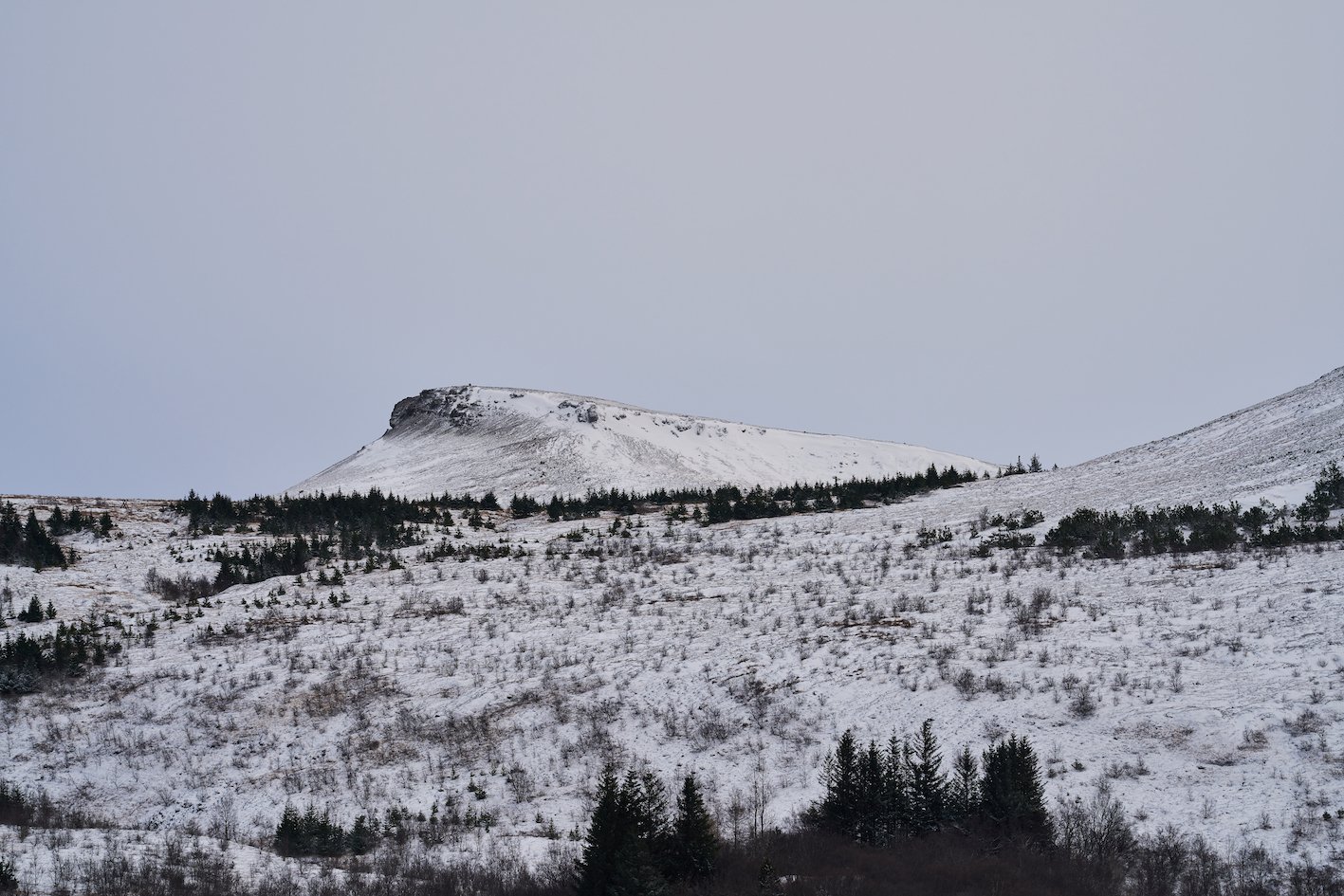
Photographs & text: Páll Stefánsson

